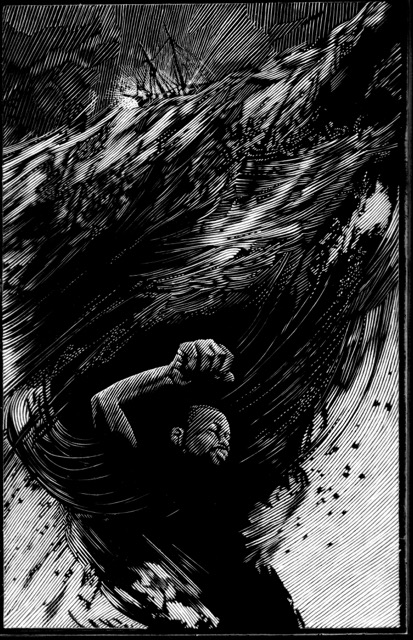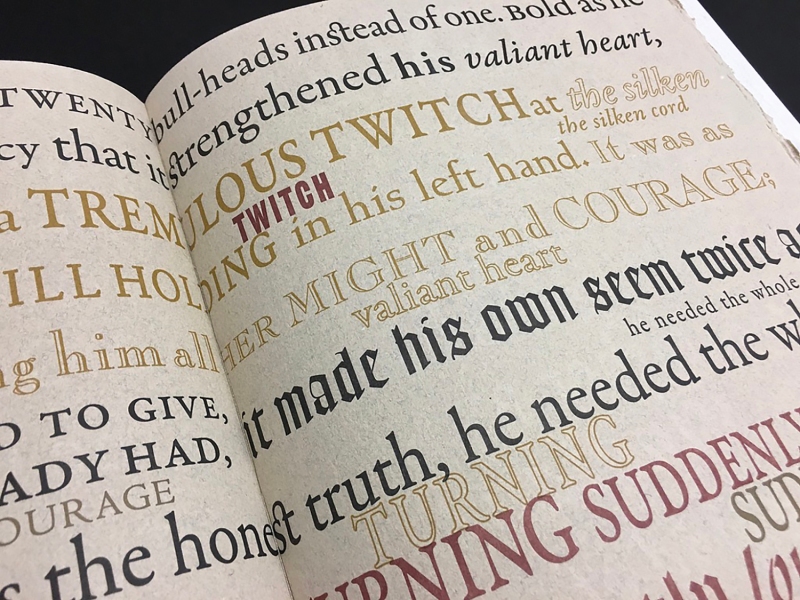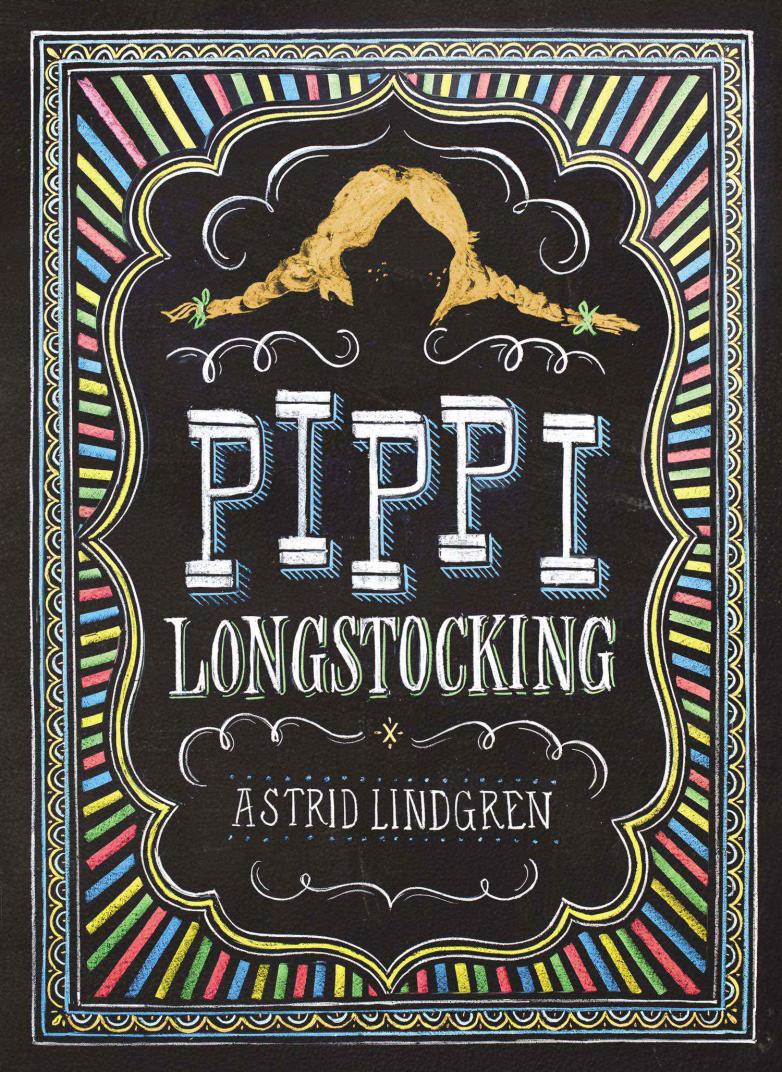Lifelong Bronx resident Latanya Devaughn is on a mission to bring a bookstore on wheels to her borough. Now, after two years of soliciting donations for books and funds, Devaughn recently announced the acquisition of the bus that will bring her passion project closer to reality. We spoke earlier this week about her bibliophilic endeavor, the challenges posed by the pandemic, and what she hopes a mobile bookstore will do for the residents of the Bronx.

“My lifelong dream has been to open a bookstore. I’ve had other jobs but owning a bookstore has never left my heart.” Devaughn explained. Growing up, it wasn’t always easy to buy books since there were few such shops in her neighborhood. “I’m used to traveling outside of the borough to get to the bookstore. Even when we had one in Bay Plaza, I still had to travel very far to just purchase a book.” A bookstore on wheels would alleviate some of those transportation issues for fellow Bronx bibliophiles.
Like many New York bookworms, Devaughn credits the stacks at the Strand for sustaining her reading habit without breaking the bank. “I read a lot as a kid. My fondest memories growing up included going to The Strand. I spent hours there and came home with more books than I could carry. The Strand left a huge impression on me because the books were affordable.”
Providing access to affordable books in a bid to increase literacy rates is sorely needed in the Bronx, where 70 percent of third grade students in the South Bronx cannot read at grade level, just over half of high school graduates are adequately prepared for college, and 41% of all Bronx residents lack basic prose literacy skills. Breaking this cycle is essential, and Bronx Bound Books will join a number of similar initiatives.
Raised by her grandmother, a public school teacher at PS 5 Mort Morris, Devaughn recalled witnessing firsthand how illiteracy holds people back. “I remember seeing my grandmother reading to her friends who couldn’t read for themselves. Her friends trusted her to read their leases, prescriptions, bills, and letters. I saw that as a huge responsibility.” Providing opportunities for people to become self-sustained readers is an important step towards social and economic independence.
A grant from the Local Initiatives Support Corporation (underwritten by Lowe’s Home Improvement) helped put Devaughn’s fundraising efforts over the top. Now, Devaughn can’t wait to get on the road, but the bookmobile needs some TLC first. “I hired an amazing interior designer. She’s helping me bring the vision to life. Bronx Bound Books will look comfy and cozy–think Tiny House meets Tiny Bookstore.” Devaughn hopes the renovations will be complete by April in time for National Poetry Month and Indie Bookstore Day, held on the last Saturday of the month. No matter what day she launches, “We’ll have a full selection of books,” plus “‘pre-loved’ (pre-owned) and new books.” Devaughn plans to incorporate a lending library into the bookmobile as well.
It wasn’t easy getting to this point: with the pandemic throwing Devaughn’s plans into chaos, she, like many Americans, spent the early days of 2020 just trying to make sense of the situation. “I was totally unmotivated for weeks. All the plans and partnerships were put on hold. I was really gearing up for a very active year. We made huge strides in 2019. I hoped to carry that momentum forward.” Soon, Devaughn realized that keeping the dream alive meant evolving, and so pivoted by hosting virtual story times and author talks. “The response and viewership was incredible–way more than I expected.” The intrepid bookseller has even set up shop at local farmers markets in recent weeks. “I could not ask for a better welcoming response from the community. We have so many weekly supporters, and they also tell their friends. Now, we’re getting more requests from other parts of the Bronx.”
Devaughn is counting down the days until the official launch of Bronx Bound Books, and so are fellow Bronx residents. “So many people I meet share those memories [of the bookmobile]. They tell me how happy they felt when they saw the bookmobile every week. I hope to continue that joy.”
Devaughn is still raising funds so that she can hire a local artist to create a mural that would grace the exterior of the bus. “I love my community and strive to always hire within my community. We have so many talented and creative people living in The Bronx. It brings me great joy to showcase this.”
To donate or to learn more, visit the Bronx Bound Books website.




















